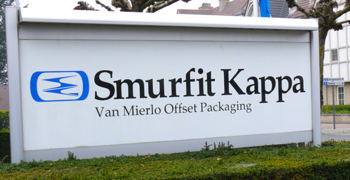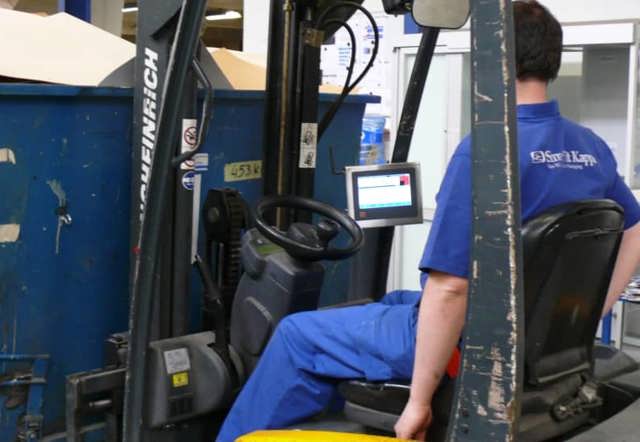
SMURFIT KAPPA REDUCES WASTE FLOWS WITH iFORKS TOUCH
Smurfit Kappa Van Mierlo in Belgium, specializes in the development and production of offset printed, cardboard packaging. Cardboard waste occurs in different stages of the production process: when setting up the machines, during folding and gluing, or at quality control. Even materials that do not reach their quality standards are separated and removed.

